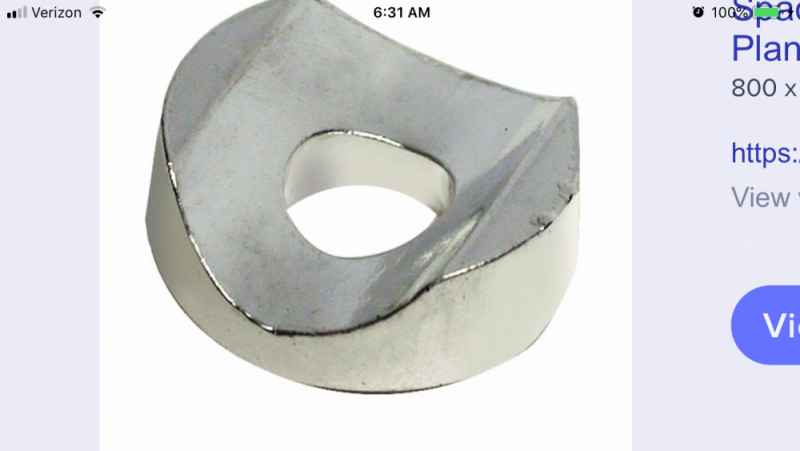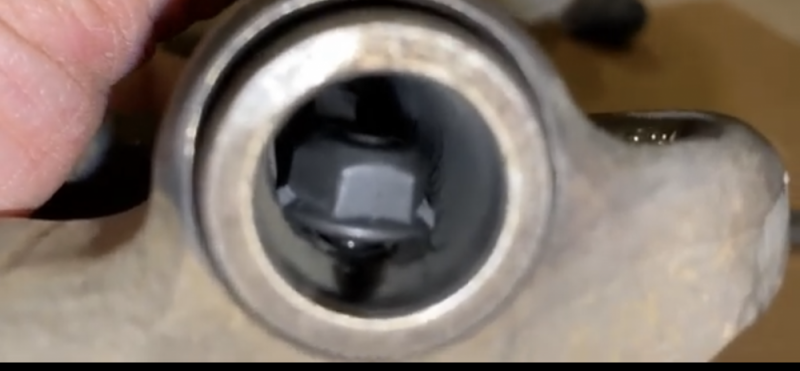Long Brown Train
New Member
My rocker buttons were all holding up just fine, but with nearly 300K miles on this engine, I just couldn’t bring myself to put the rocker shafts back on with the nylon buttons still in place.
I did some searching to see what other options were out there. Just replacing the buttons with bolts and thick washers looked like the easiest plan, but I wasn’t comfortable with the steel on steel contact between the rocker and the washer. Yes, I know the rocker and shaft interface is steel on steel – but they were designed to work that way. I suspect the washer would never cause a problem, but I was just more comfortable with bronze bushing material.
I found some bushings that were just a touch larger than the rocker opening, milled some flats so that the bushing would drop down in the rockers, and cut a spacer to locate the bushing on the ¼” bolt. The spacers are long enough that the bushings don’t get clamped down tight. This prevents them from turning and binding at all when tightening the bolts. The bolts are ¾” long, ¼-20 flange head with lock nuts. I went with the distorted thread lock nuts instead of nyloc. Again, I’m sure the nylon would have held up fine, but I felt better with the distorted threads. To my simple mind, they seem more permanent.
Though y’all might enjoy.
I did some searching to see what other options were out there. Just replacing the buttons with bolts and thick washers looked like the easiest plan, but I wasn’t comfortable with the steel on steel contact between the rocker and the washer. Yes, I know the rocker and shaft interface is steel on steel – but they were designed to work that way. I suspect the washer would never cause a problem, but I was just more comfortable with bronze bushing material.
I found some bushings that were just a touch larger than the rocker opening, milled some flats so that the bushing would drop down in the rockers, and cut a spacer to locate the bushing on the ¼” bolt. The spacers are long enough that the bushings don’t get clamped down tight. This prevents them from turning and binding at all when tightening the bolts. The bolts are ¾” long, ¼-20 flange head with lock nuts. I went with the distorted thread lock nuts instead of nyloc. Again, I’m sure the nylon would have held up fine, but I felt better with the distorted threads. To my simple mind, they seem more permanent.
Though y’all might enjoy.







